
Hello, friends. You look well today -- but I'm sorry, I'm out of candy. Oh! I'm sorry, I thought you were still trick or treating. I first thought you were wearing a rubber Jimmy Carter mask that sat next to a candle for too long; I did not realize that was actually your face. How unfortunate for you, except on Halloween. Still, bet it was a good Halloween, eh? Lots of candy!
Friends, there has been a lot of talk these days about Calipari, the Cats, and "
platooning." The term, which of course has roots in military maneuvering, denotes a tactic wherein Cal has two distinct "waves" of teams which can come on and leave the court en masse, thus resting five players at once (with extra players available to sub in and out if need be). While UK has, many times in the past, had a rough platooning schematic due to a depth of solid players at multiple positions, this would seem to be the strongest true instance we've seen of it in recent years.
With platooning poised to work mightily for the Wildcats during the 2014-15 season, rumor around those who've witnessed practices is that platooning isn't the only miltary-themed tactic we might see this season. While talking with an unnamed source this past week I garnered some insight into other secret plays coming to Rupp in the near future, and at the risk of angering my source I feel it's my duty to share those with you today in a piece we'll call Military Terms Adapted to University of Kentucky Wildcat Basketball. As always, you're welcome. And I'll see you next week.
-----
Platooning
Originally seen as a strategic move for baseball teams of the early-to-mid 1900's, the approach is becoming increasingly popular for current-day basketball coaches with -- aside from Cal -- head coaches Roy Williams and Mike Krzyzewski experimenting with the platoon system.
Weak Side Attacking
Identifying the weaker links in a team's defense and continuously exploiting those weaknesses by pushing to the goal in the most vulnerable spots.
Example: Alex Poythress driving against an uneven defensive matchup in order to score more easily.
Flanking
By surrounding and containing an opposing team's defense in the paint and surrounding them in three to four points on the perimeter increases UK's options on finding a hole and shooting.
Example: Aaron and Andrew Harrison exchanging quick passes back and forth, perhaps even with another forward, until a weak spot for one to shoot opens up.
Ambush
Lulling the opposing team into a false sense of confidence and then surprising them at the opportune moment.
Example: Dakari Johnson hides behind the goal, leading the opposition to believe the Wildcats are currently playing only four players without a center, until suddenly Johnson leaps from behind it screaming and startles everyone as Trey Lyles simultaneously alley-oops the ball for his dunk.
Disinformation Propaganda
Intentionally false or inaccurate information that is spread intentionally, manipulating the opposition at a rational level by supporting false conclusions.
Example: Marcus Lee, during game play, turns to Dominique Hawkins and loudly asks him "Is the game over now?" to which Hawkins replies "Yes, it's time to go to the locker room." The opposition, overhearing this misleading information, walks off the court and allows the offense to continue to score unimpeded.
Night Combat
Reducing visibility of a defense in order to capitalize on attacking in familiar territory under the cover of darkness. Example: During the second half of the North Carolina game, the power in Rupp goes out as Willie Cauley-Stein and Derek Willis -- using ancient meditation and sense-memory techniques to visualize the court and its dimensions -- maneuver quietly through the blackout and secretly score during the confusion on-court before the lights return.
Amphibious Warfare
Using water-based maneuvers to attack opponents onto hostile territory.
Example: During a time out, Rob Bromley stealthily and "accidentally" spills several water bottles onto the court, creating a hazardous surface by which to lure the opposing offense, stealing the ball as they slide comically around or an offensive player hilariously looks like he is running but is going no where because he's running on water and everyone is laughing at him, embarrassing him.
Airborne Operations
Attacking strategic targets by air.
Example: As precious final seconds tick off the clock during a tied game, Karl Towns appears with arms spread and flies over the court, dropping Tyler Ulis through the basket with the ball. Crowd goes wild. Game over.
 Hello, friends. You look well today -- but I'm sorry, I'm out of candy. Oh! I'm sorry, I thought you were still trick or treating. I first thought you were wearing a rubber Jimmy Carter mask that sat next to a candle for too long; I did not realize that was actually your face. How unfortunate for you, except on Halloween. Still, bet it was a good Halloween, eh? Lots of candy!
Friends, there has been a lot of talk these days about Calipari, the Cats, and "platooning." The term, which of course has roots in military maneuvering, denotes a tactic wherein Cal has two distinct "waves" of teams which can come on and leave the court en masse, thus resting five players at once (with extra players available to sub in and out if need be). While UK has, many times in the past, had a rough platooning schematic due to a depth of solid players at multiple positions, this would seem to be the strongest true instance we've seen of it in recent years.
With platooning poised to work mightily for the Wildcats during the 2014-15 season, rumor around those who've witnessed practices is that platooning isn't the only miltary-themed tactic we might see this season. While talking with an unnamed source this past week I garnered some insight into other secret plays coming to Rupp in the near future, and at the risk of angering my source I feel it's my duty to share those with you today in a piece we'll call Military Terms Adapted to University of Kentucky Wildcat Basketball. As always, you're welcome. And I'll see you next week.
-----
Platooning
Originally seen as a strategic move for baseball teams of the early-to-mid 1900's, the approach is becoming increasingly popular for current-day basketball coaches with -- aside from Cal -- head coaches Roy Williams and Mike Krzyzewski experimenting with the platoon system.
Weak Side Attacking
Identifying the weaker links in a team's defense and continuously exploiting those weaknesses by pushing to the goal in the most vulnerable spots. Example: Alex Poythress driving against an uneven defensive matchup in order to score more easily.
Flanking
By surrounding and containing an opposing team's defense in the paint and surrounding them in three to four points on the perimeter increases UK's options on finding a hole and shooting. Example: Aaron and Andrew Harrison exchanging quick passes back and forth, perhaps even with another forward, until a weak spot for one to shoot opens up.
Ambush
Lulling the opposing team into a false sense of confidence and then surprising them at the opportune moment. Example: Dakari Johnson hides behind the goal, leading the opposition to believe the Wildcats are currently playing only four players without a center, until suddenly Johnson leaps from behind it screaming and startles everyone as Trey Lyles simultaneously alley-oops the ball for his dunk.
Disinformation Propaganda
Intentionally false or inaccurate information that is spread intentionally, manipulating the opposition at a rational level by supporting false conclusions. Example: Marcus Lee, during game play, turns to Dominique Hawkins and loudly asks him "Is the game over now?" to which Hawkins replies "Yes, it's time to go to the locker room." The opposition, overhearing this misleading information, walks off the court and allows the offense to continue to score unimpeded.
Night Combat
Reducing visibility of a defense in order to capitalize on attacking in familiar territory under the cover of darkness. Example: During the second half of the North Carolina game, the power in Rupp goes out as Willie Cauley-Stein and Derek Willis -- using ancient meditation and sense-memory techniques to visualize the court and its dimensions -- maneuver quietly through the blackout and secretly score during the confusion on-court before the lights return.
Amphibious Warfare
Using water-based maneuvers to attack opponents onto hostile territory. Example: During a time out, Rob Bromley stealthily and "accidentally" spills several water bottles onto the court, creating a hazardous surface by which to lure the opposing offense, stealing the ball as they slide comically around or an offensive player hilariously looks like he is running but is going no where because he's running on water and everyone is laughing at him, embarrassing him.
Airborne Operations
Attacking strategic targets by air. Example: As precious final seconds tick off the clock during a tied game, Karl Towns appears with arms spread and flies over the court, dropping Tyler Ulis through the basket with the ball. Crowd goes wild. Game over.
Hello, friends. You look well today -- but I'm sorry, I'm out of candy. Oh! I'm sorry, I thought you were still trick or treating. I first thought you were wearing a rubber Jimmy Carter mask that sat next to a candle for too long; I did not realize that was actually your face. How unfortunate for you, except on Halloween. Still, bet it was a good Halloween, eh? Lots of candy!
Friends, there has been a lot of talk these days about Calipari, the Cats, and "platooning." The term, which of course has roots in military maneuvering, denotes a tactic wherein Cal has two distinct "waves" of teams which can come on and leave the court en masse, thus resting five players at once (with extra players available to sub in and out if need be). While UK has, many times in the past, had a rough platooning schematic due to a depth of solid players at multiple positions, this would seem to be the strongest true instance we've seen of it in recent years.
With platooning poised to work mightily for the Wildcats during the 2014-15 season, rumor around those who've witnessed practices is that platooning isn't the only miltary-themed tactic we might see this season. While talking with an unnamed source this past week I garnered some insight into other secret plays coming to Rupp in the near future, and at the risk of angering my source I feel it's my duty to share those with you today in a piece we'll call Military Terms Adapted to University of Kentucky Wildcat Basketball. As always, you're welcome. And I'll see you next week.
-----
Platooning
Originally seen as a strategic move for baseball teams of the early-to-mid 1900's, the approach is becoming increasingly popular for current-day basketball coaches with -- aside from Cal -- head coaches Roy Williams and Mike Krzyzewski experimenting with the platoon system.
Weak Side Attacking
Identifying the weaker links in a team's defense and continuously exploiting those weaknesses by pushing to the goal in the most vulnerable spots. Example: Alex Poythress driving against an uneven defensive matchup in order to score more easily.
Flanking
By surrounding and containing an opposing team's defense in the paint and surrounding them in three to four points on the perimeter increases UK's options on finding a hole and shooting. Example: Aaron and Andrew Harrison exchanging quick passes back and forth, perhaps even with another forward, until a weak spot for one to shoot opens up.
Ambush
Lulling the opposing team into a false sense of confidence and then surprising them at the opportune moment. Example: Dakari Johnson hides behind the goal, leading the opposition to believe the Wildcats are currently playing only four players without a center, until suddenly Johnson leaps from behind it screaming and startles everyone as Trey Lyles simultaneously alley-oops the ball for his dunk.
Disinformation Propaganda
Intentionally false or inaccurate information that is spread intentionally, manipulating the opposition at a rational level by supporting false conclusions. Example: Marcus Lee, during game play, turns to Dominique Hawkins and loudly asks him "Is the game over now?" to which Hawkins replies "Yes, it's time to go to the locker room." The opposition, overhearing this misleading information, walks off the court and allows the offense to continue to score unimpeded.
Night Combat
Reducing visibility of a defense in order to capitalize on attacking in familiar territory under the cover of darkness. Example: During the second half of the North Carolina game, the power in Rupp goes out as Willie Cauley-Stein and Derek Willis -- using ancient meditation and sense-memory techniques to visualize the court and its dimensions -- maneuver quietly through the blackout and secretly score during the confusion on-court before the lights return.
Amphibious Warfare
Using water-based maneuvers to attack opponents onto hostile territory. Example: During a time out, Rob Bromley stealthily and "accidentally" spills several water bottles onto the court, creating a hazardous surface by which to lure the opposing offense, stealing the ball as they slide comically around or an offensive player hilariously looks like he is running but is going no where because he's running on water and everyone is laughing at him, embarrassing him.
Airborne Operations
Attacking strategic targets by air. Example: As precious final seconds tick off the clock during a tied game, Karl Towns appears with arms spread and flies over the court, dropping Tyler Ulis through the basket with the ball. Crowd goes wild. Game over.
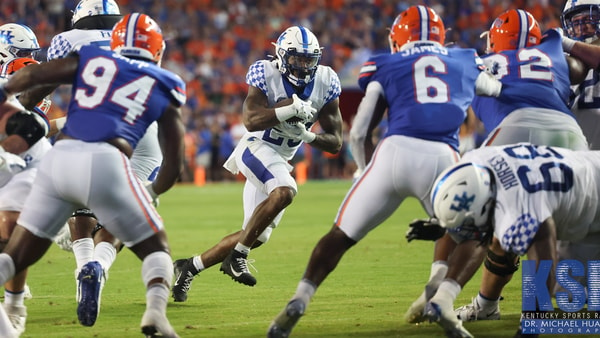

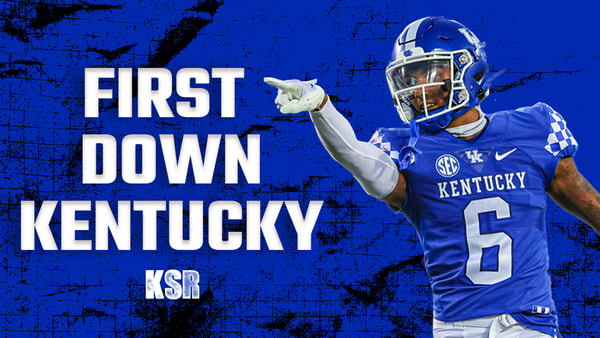
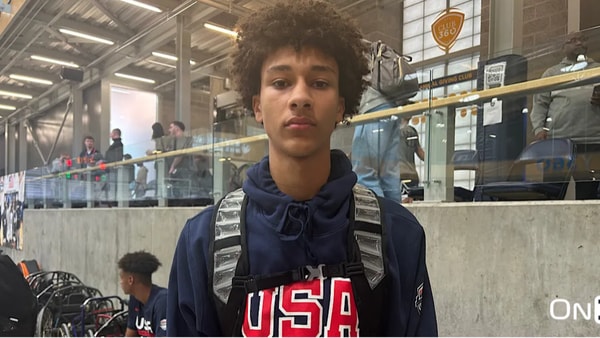
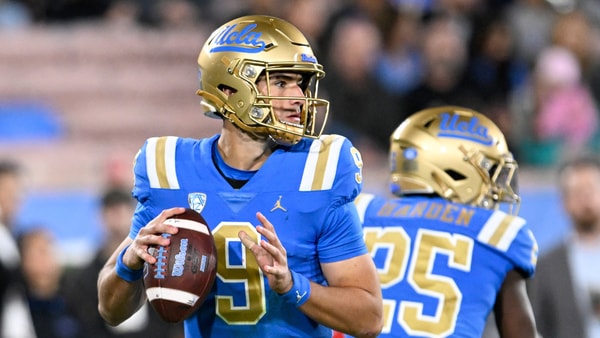
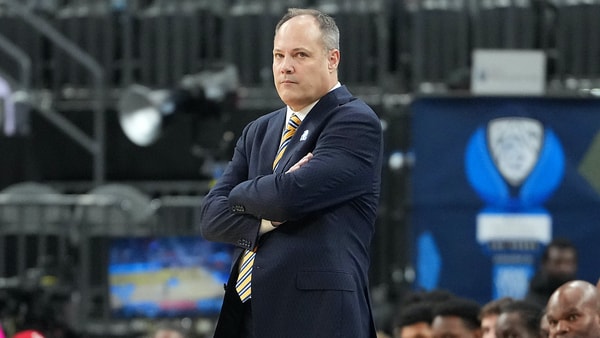
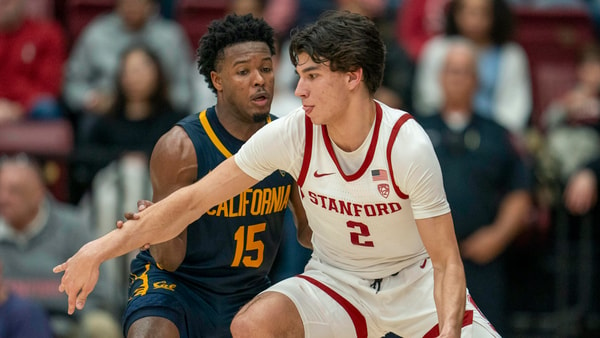
Discuss This Article
Comments have moved.
Join the conversation and talk about this article and all things Kentucky Sports in the new KSR Message Board.
KSBoard